
Lot 201
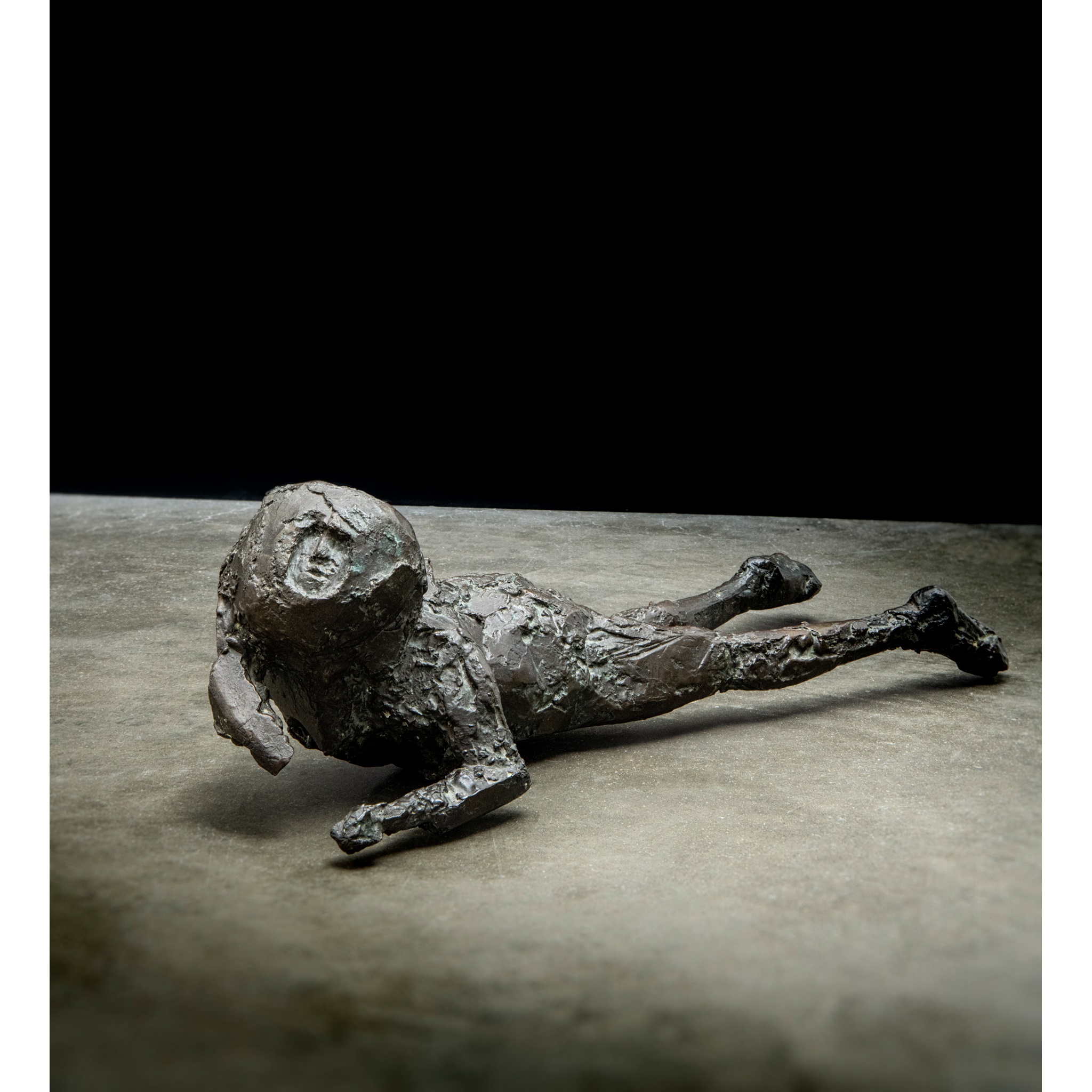
Dame Elisabeth Frink (British 1930-1993) §
Fallen Man, 1960
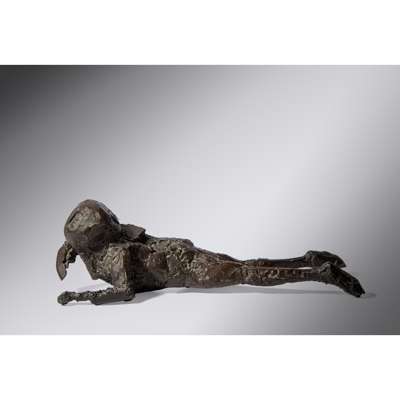
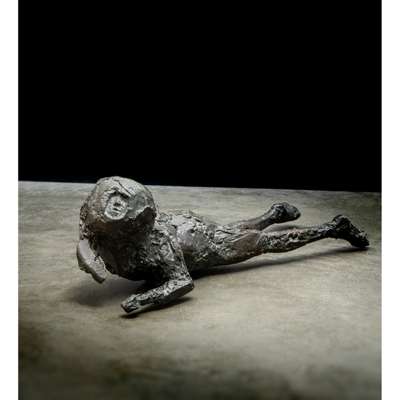
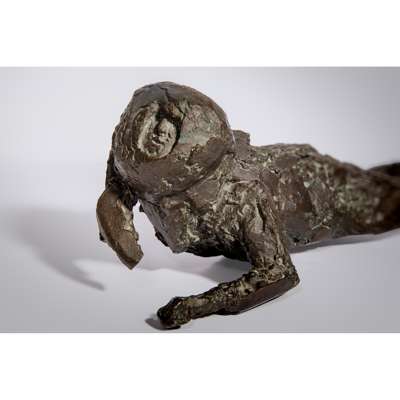
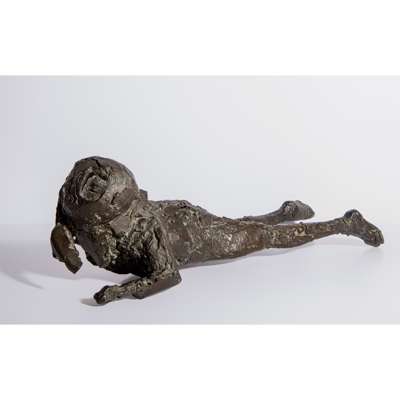



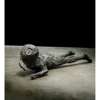
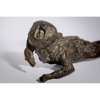
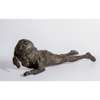

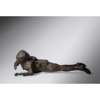
Auction: 29 April 2022 from 10:00 BST
Description
1/6, signed and numbered, bronze with dark brown patina
Dimensions
16cm high, 60cm long (6.25in high, 23.6in long)
Provenance
Provenance:
Private Collection, London.
Footnote
Literature:
Ratuszniak, A. (ed.), Elisabeth Frink: Catalogue Raisonné of Sculpture 1947-93, Lund Humphries, London, 2013, p.71, cat. no. FCR79 (another cast illustrated).
'The very fact of someone falling in space makes me feel nervous. I very often dream of falling through space myself. It becomes a nightmare and is very frightening. So it is always with me, this particular fear, which I think is a good thing because it starts off sculpture; it gives a sense of urgency which is important to me.’ (Elisabeth Frink quoted by Huw Wheldon, Monitor: An Anthology, Macdonald, London, 1962. p. 28.)
Elisabeth Frink’s Fallen Man is part of a highly-important theme in her practice, in which her childhood experience of World War Two, fascination with the nude male figure and existential concerns about mankind are brought together.
Frink was nine years old when war was declared. Her father was a cavalry officer in the British Army and served abroad for most of the conflict. Much has been made of Frink’s time in Suffolk near to Bomber Command air-bases during this period. As she explained: ‘there was a whole bunch of very jolly Polish airmen. They’d go off in their flying machines – and sometimes they got killed. We were right next door to an operational aerodrome and sometimes we’d see the planes coming home on fire.’ (as quoted in Edward Lucie-Smith and Elisabeth Frink, Frink: A Portrait, Bloomsbury, London, 1994, p.15).
Many works of the early 1960s explored the themes of men in flight, men in space, spinning, falling and fallen men and eventually bird men, through which Frink explored the concept of men at war. Reviewing them later in her career, Frink declared: 'These sculptures were the nearest I got at that time to subjective ideas of the concept of a man involved in some kind of activity other than just being. So my earlier figures were not at all sensuous; they were too much involved with fractured wings or the debris of war and heroics. By this last phrase I mean individual courage.’ (as quoted in Ratuszniak, A. (ed.), op.cit., p. 72).
In Fallen Man, the anonymous figure is depicted without stand or plinth. The point of direct contact between the work and the surface on which it is placed is key to conveying its concept. Facial features are suggested in the outsized head, atop the splayed and disfigured body. A sense of trauma, pathos and vulnerability is enhanced by the rough handling of the plaster from which it was cast.
Edward Mullins has written about further sources of inspiration for this area of exploration: ‘The original impulse, in fact, was to make sculpture of a figure falling from space. The source here is dual. Since a child she has experienced dreams of herself falling and the sensation remains a powerful one in her imagination. More specifically, during the late 50’s she came across photographs of the French bird-man, Valentin, depicting him before he jumped (eventually he jumped to his death) helmeted and goggled and decked out in his special flying-suit with voluminous wings. This is the principal visual source of the various Bird-Men.’ (Edward Mullions, ‘Introduction’, The Art of Elisabeth Frink, Lund Humphries, London, 1972, unpaginated).
Frink’s work defies precise interpretation. She declared: ‘what I’m doing is trying to set up a kind of encounter with the spectator, a dialogue between my sculptures and the public. People have to add part of themselves to make it work; they have to look into it as well as at it.’ (as quoted in Edward Lucie-Smith and Elisabeth Frink, op.cit., p. 64).











